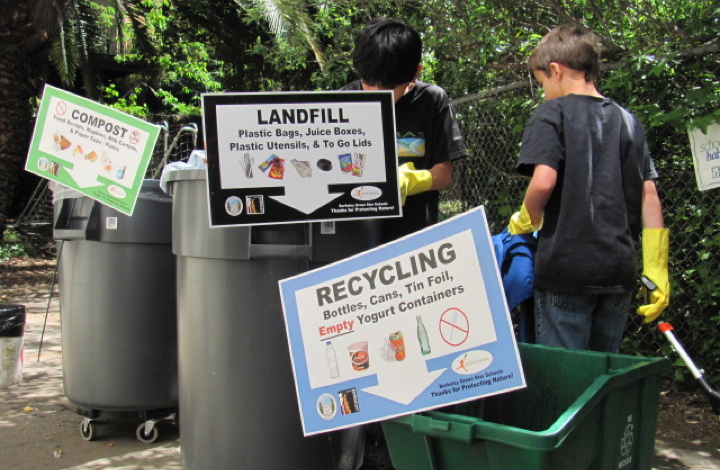Efforts geared towards preserving the environment and maintaining a healthy community for people have become widespread in recent years. Green is definitely in and this motto does not apply only in the home but as well as in businesses, governments and educational institutions.
If there are green homes, there are also green schools today. They are educational institutions committed to reducing their ecological footprint and building a healthier school environment for their students.
In the U.S., the Department of Education has a Green Ribbon Schools Program that recognizes the green initiatives of schools. Launched in 2011, the Green Ribbon Awards are given to both public and private schools of all age levels that successfully achieve environmental literacy among their students and reduce their carbon footprint.
Factors that Contribute to a Green School
There are certain factors that make a green school. Foremost is it contributes to making the facility energy efficient.
This aspect covers the use of environment friendly light fixtures as well, waste management system and reduction of greenhouse gases or carbon footprint.
Health-wise, it needs to ensure better air quality inside the classroom for students. When air quality including ventilation is improved, children are able to concentrate on their lessons better thereby improving their academic performance. Additionally, there’s less chance of them getting allergies and other sickness.
There should also be healthy food choices offered at the school cafeteria. This ensures that the students’ overall well being are given priority by the schools.
In terms of the curriculum, a green educational institution implements an environmental and civic education in the classroom.
Benefits of Green Schools
Schools that implement a green program provide various benefits to their students and the community in general.
Foremost, they are protecting the health of schoolchildren which number around 58 million in the U.S. alone. Studies have shown that greener environments indeed improve the health and learning abilities of children. Unfortunately, there are still many schools that need to take concrete actions with regards to their use of pesticides as well as paper and energy consumption.
Being able to save money is another benefit schools can enjoy when they carry out an environmental preservation campaign. A U.S. Green Building Council report issued in 2006 showed that while green schools cost more at $3 per square foot, they gained $74 per square foot in energy savings. In addition, they recorded an increased attendance in students and better teacher retention.
Improving students’ academic performance is another clear advantage of green schools. As indoor air and lighting quality are improved in classrooms and children are encouraged to have a hands on experience in the school garden, it led to higher test scores and better behavior among students. The subjects where the students improved were in math, science and language arts.
Image via catholicnewworld
About the author:
Teresa is a blogger and a strong supporter of environmental preservation efforts. She expressed satisfaction seeing that the Thai school where she enrolled last year have carried out a green program in its facility.
